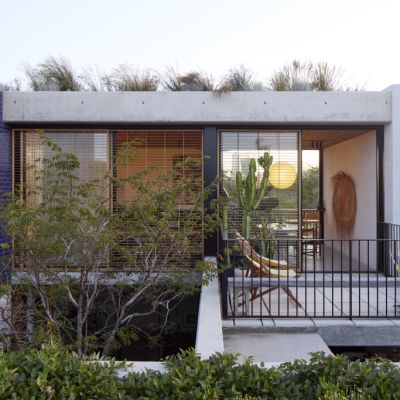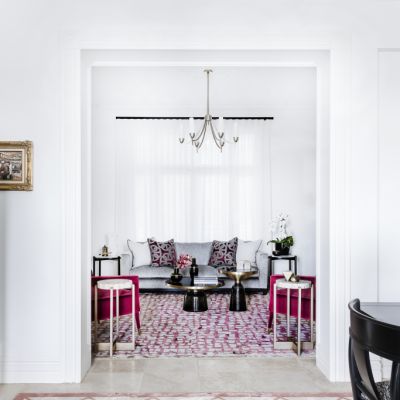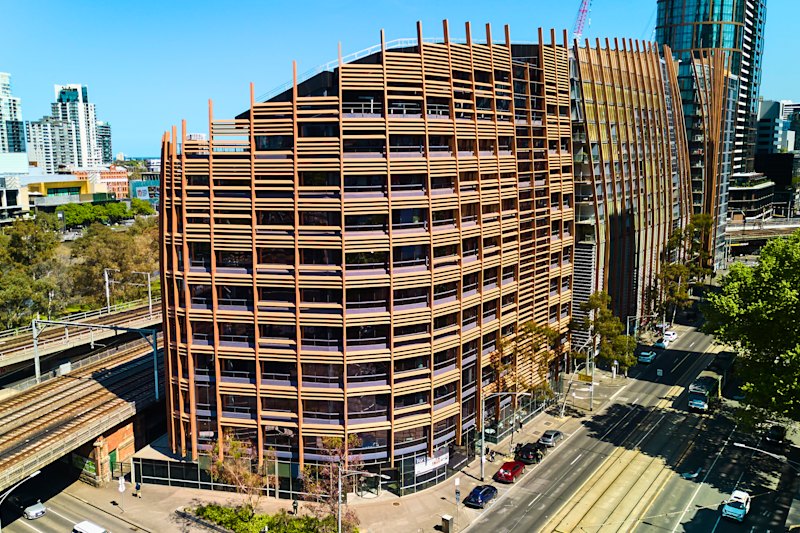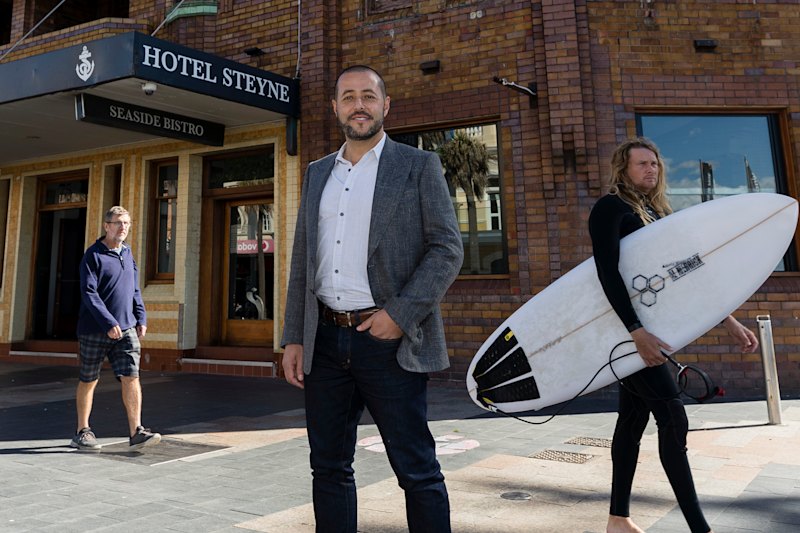Eco-friendly renovation transforms century-old church hall

This recently finished multi-space marvel in the inner-Brisbane suburb of Coorparoo is nothing short of heavenly … figuratively speaking: a weatherboard heart with soaring, cathedral-like ceilings, bookended by two discrete villa-styled sanctuaries front and back. In the distance, awe-inspiring city and mountain vistas.
But speaking literally, too. The main building is a rescued century-old Salvation Army hall, originally from the rural outpost of Nanango, 150 kilometres north-west of Brisbane.
Owner Bob Chambers has a passion not only for renovating but also for history.
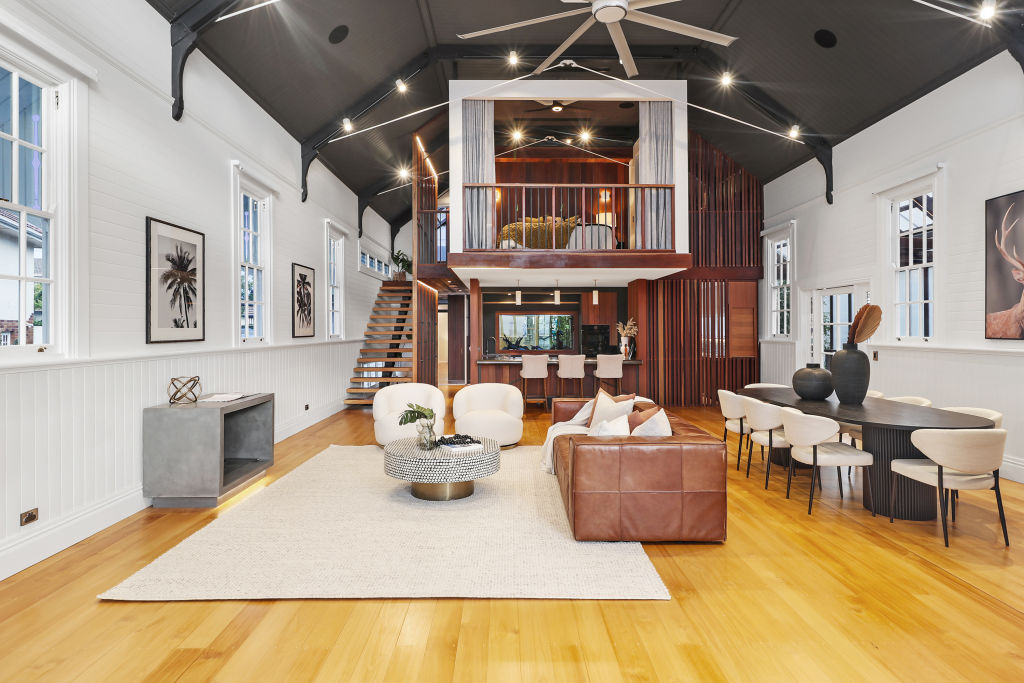
And, with that, not letting old buildings go to waste.
“Bob always wanted to renovate a church,” says PTMA Architecture principal Peter McArdle, who designed the property.
Saving a 1912 church hall, though, was far from the only flirtation with the need to sustain something. McArdle says sustainability was central to all aspects of this labour of love.
Like many green-minded projects, there is an obvious emphasis on being eco-friendly. Natural materials have been used throughout, like spotted gum and locally sourced basalt stone.
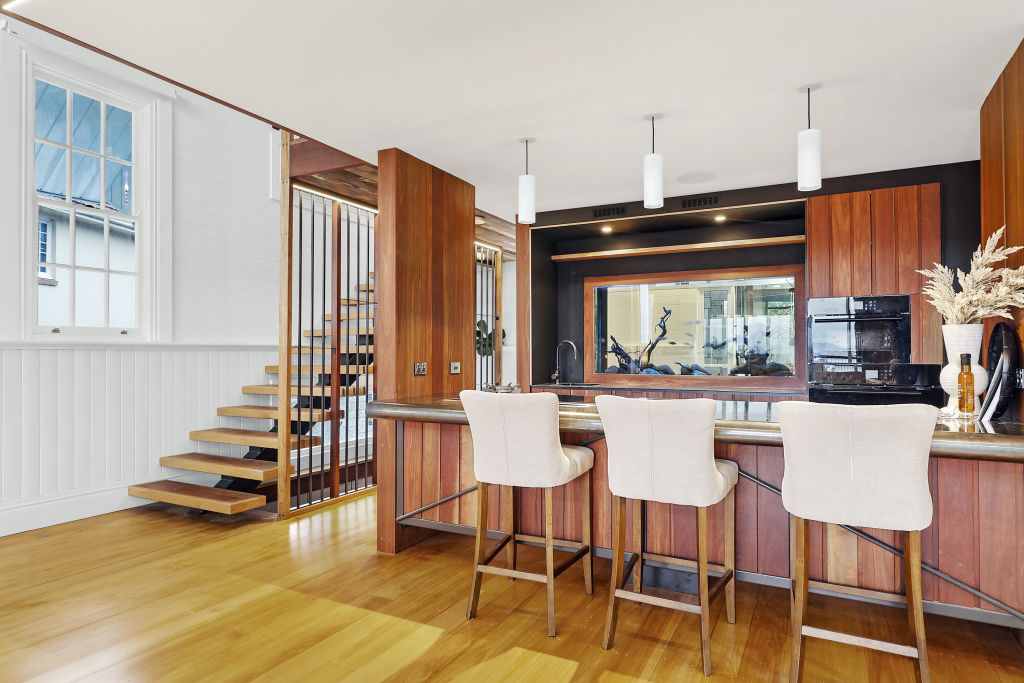
The roof is loaded with solar panels. There are two underground water tanks buried at the rear, a Tesla battery and recharger and a bioethanol fireplace installed in the main living area.
You could just about live off-grid. The main building has also been angled to trap more northern light and provide greater privacy.
“It’s better climatically,” McArdle says.
But social sustainability was also a level-one priority – the use of smart design to support flexible and adaptable living arrangements.
PTMA tackled this by creating self-contained villas in front of and behind the main building.
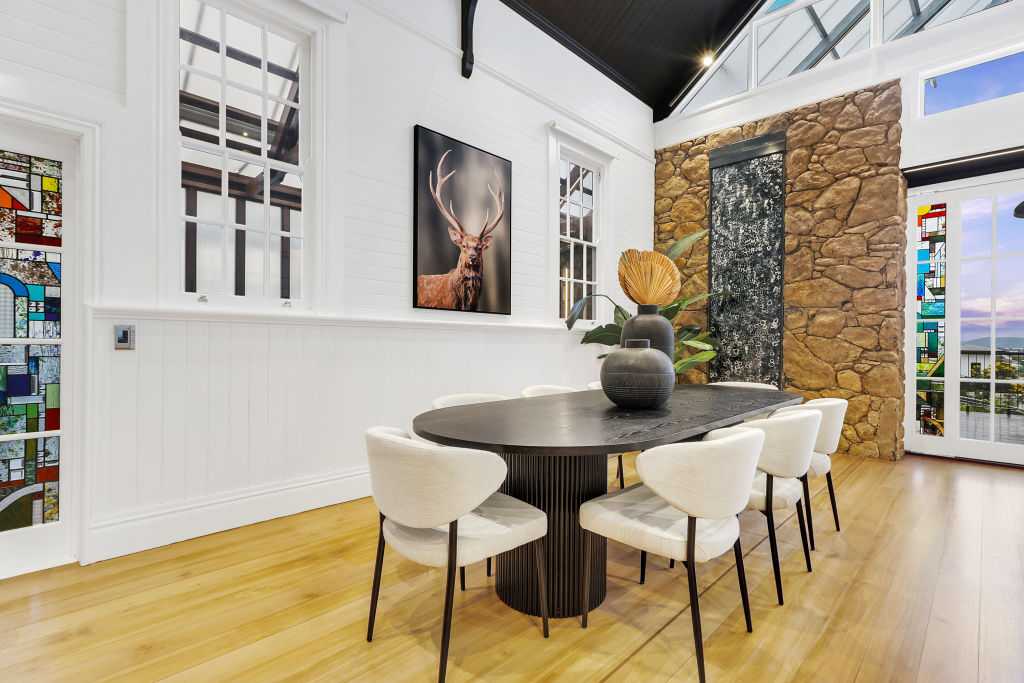
Each has a bedroom with an en suite and a separate living area, or second bedroom. The rear has its own viewing deck.
The central building incorporates a brilliantly conceived floating, loft-style main bedroom with a generous en suite and walk-in wardrobe.
The architects also “exploded the plan” by extending the original church hall footprint at each end, wrapping steel columns in a contrasting modern white polycarbonate, and pushing out with another viewing platform.
“The design allows us to tease out how we might live here,” McArdle says.
For instance, you could have separate occupants in each of the three zones.

Or you could live just in the front villa or centre building, or isolate the back as an office, or rent it out, or have grown-up children live there, or older parents.
“It could suit an extended family, a couple with adult kids or someone who works from home. It’s totally flexible,” he says.
“The rear pavilion can also be built out underneath, if necessary.
“At the end of the day, the most sustainable thing we can do is not to build.”
At the same time, he says it was important not to lose sight of the “bones” of the church, without thinking you were in a church.
There’s still something of a reverential air as you walk through the original structure with its 6.5-metre ceiling.
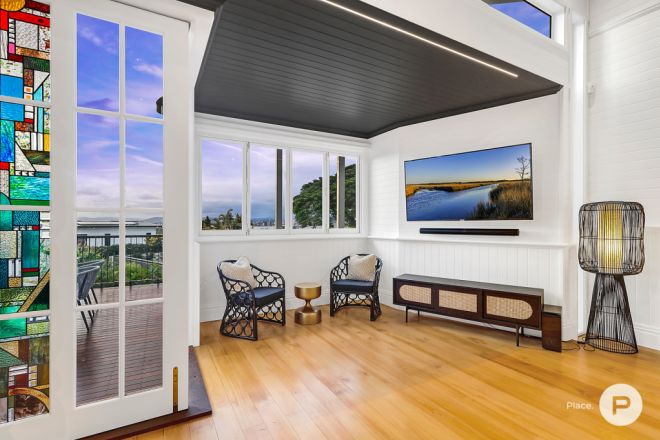
Moreover, original boards from the church have been reused to line the under-loft ceiling and a cellar wall, while divine new stained glass, including a representation of the original church, has also been included.
Water, a strong religious element, also features prominently.
There are two internal waterfalls – one that spouts into a catacomb-like lower-ground pool, a nod to the baptismal font.
There’s also an aquarium filled with African cichlids, and a man-made creek running reticulated water into a series of ponds, able to pump any overflow of rainwater to the street.
There’s still something of a reverential air as you walk through the original structure with its 6.5-metre.
Guess all that’s left now is to see whether you can walk on it.
We recommend
We thought you might like
States
Capital Cities
Capital Cities - Rentals
Popular Areas
Allhomes
More
